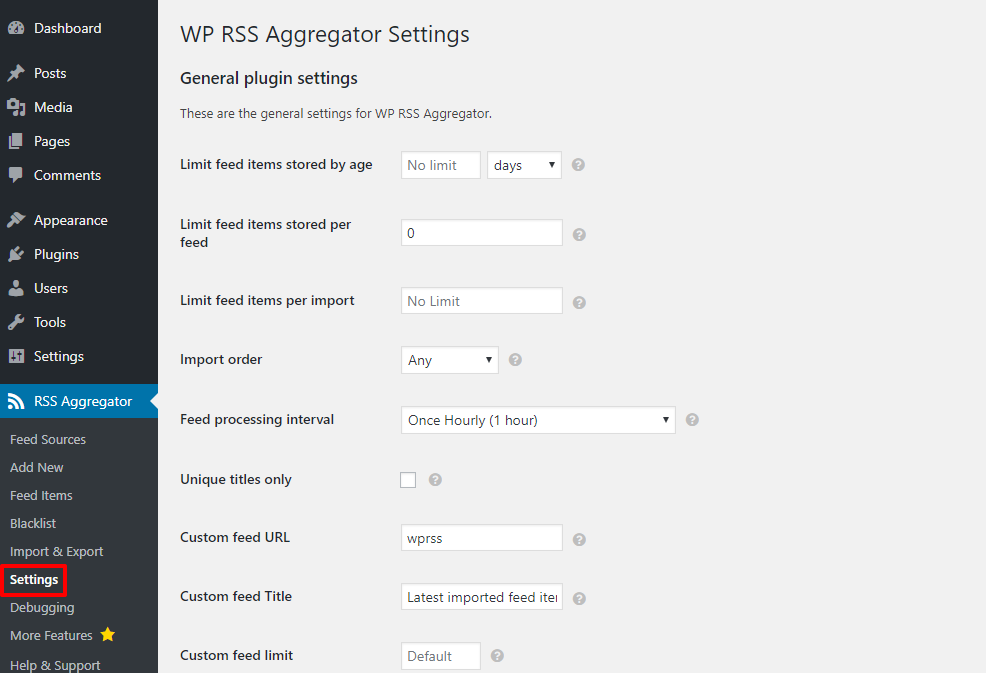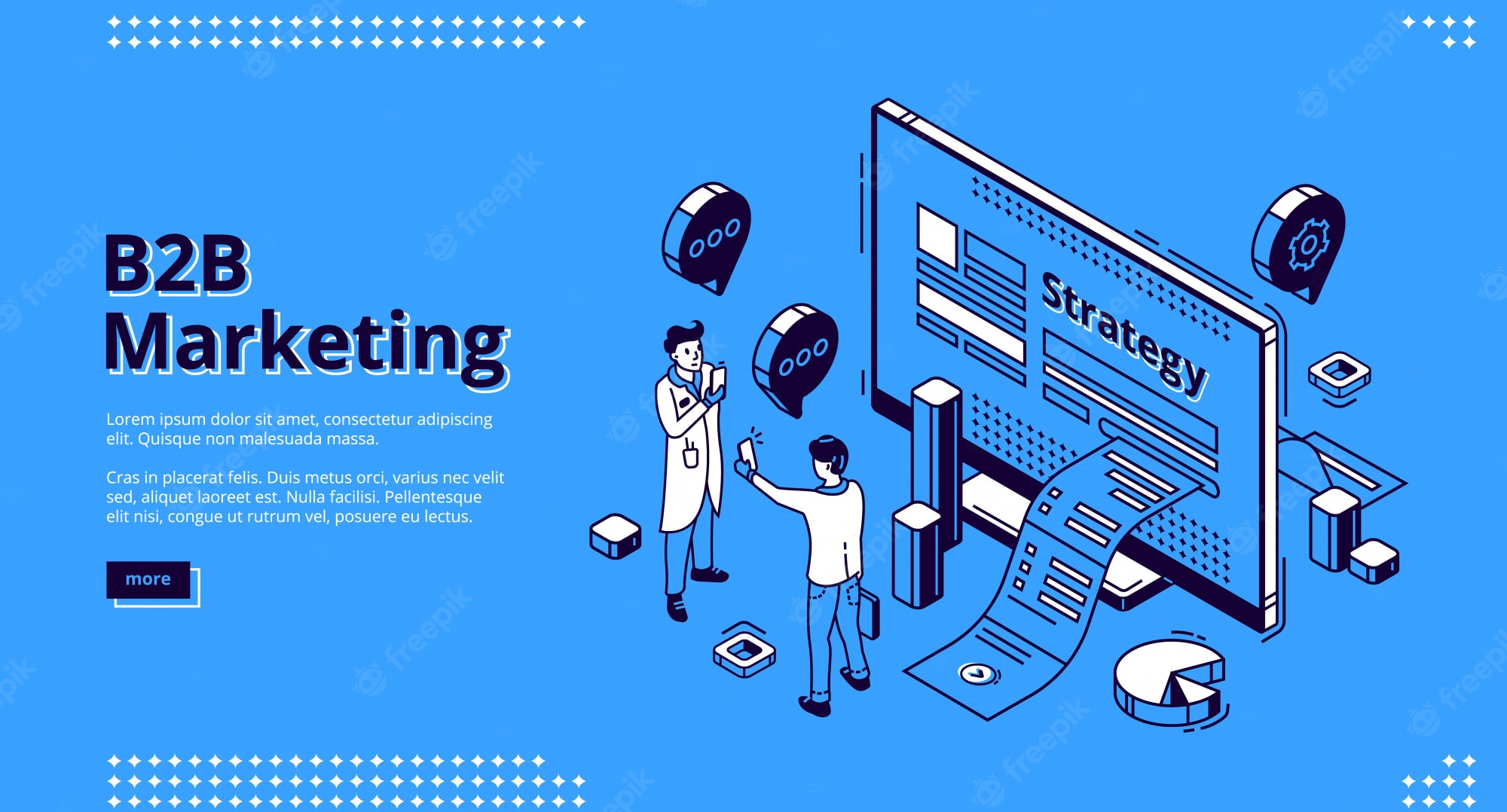
If you're interested in using content marketing to grow your business, you need to develop a strategy for achieving your goals. A content calendar, KPIs, and goals should be set to guide content marketing. These steps will allow you to determine who you want, how you deliver your content, as well as how you measure success. Once you have this information, you can start to plan how to get there.
Creating a content marketing strategy
The key to content marketing success is creating an editorial calendar and regularly scheduling content. It involves planning out the content that will appeal most to your audience, identifying them, and writing every piece of content. One key component to a successful marketing campaign is consistency. Consistency is key to a successful marketing strategy. Having enough content available for publication on a regular schedule will allow you to maintain a steady stream. It is important to take into account your audience's stage and life, as well the various devices they use to consume the content.
Setting SMART goals
Planning your content marketing strategy requires you to establish SMART goals. As a general rule, SMART goals should be specific, measurable, achievable, realistic, and time-bound. This framework will allow you to keep track of your progress, measure success and help you monitor it. It's important that you set achievable goals and challenges people. To keep you on track, it's important to set time limits.

Determining Key Performance Indicators
A content marketing strategy can't be complete without metrics. Page views are a simple metric that you can use to track your progress. You can also segment traffic according to channel to see which channel is driving more traffic. This way, you can see exactly where your efforts are paying off. To understand the effectiveness of content marketing, you need to go beyond page views.
How to create a content schedule
Creating a content calendar for your business is crucial to creating consistent, high-quality content. This will help you to identify the trends and most popular topics. It can also help you plan out how to publish your content and repurpose it across multiple channels. A content planner can help you better manage your content production process. This calendar will help you pinpoint gaps in your content marketing strategy. It will also alert you to excellent copy ahead of time. It's also an effective way to track your content output and identify opportunities for collaboration.
Attracting audience members
An effective content marketing strategy can help you draw people to your website, and increase sales. Content marketing encompasses many formats such as videos, photographs, and articles. The strategy defines which forms of content are best for your company and which ones will not. It is also possible to define your content distribution channels, goals and objectives. Your content must be relevant to your audience in order to attract them. Below are some benefits of content-marketing.

FAQ
How much should content marketing cost?
The number of leads that you are looking to generate will determine how much. The average cost per lead ranges from $5-$10, depending on the industry. We spent $20 per lead when we started our business. Today, we spend an average of $6-7 per lead.
What role does a content strategist play?
Content strategists can help understand what people search on the Internet. They make sure your website is optimized for search engines to help you rank high. They also write content for social media websites like Facebook or Twitter. They also write copy to advertise, blog, or website.
A content strategist is a member of a marketing team that helps organize an online strategy for a company. Content strategists can work independently, but they usually collaborate with the rest of the team to ensure that each piece of content serves its purpose.
How does content marketing differ from traditional advertising?
Traditional advertising focuses on getting attention, while content marketing focuses on providing value. Traditional advertising is often a waste of money because most people ignore it. Instead, content marketing is more effective and will lead to higher engagement rates.
Statistics
- To further show the importance of this, 89% of people have stopped doing business with a company because of a poor experience. (neilpatel.com)
- Seventy-two percent business to business (B2B) (mailchimp.com)
- Forty-seven percent of buyers view 3 to 5 pieces of content before engaging with a sales representative. (mailchimp.com)
- Measure your goals with a progress indicator of 0-100%. Make your goals collaborative and transparent (semrush.com)
- According to the Content Marketing Institute, 70% of B2B marketers and 86% of B2C marketers surveyed use content marketing in some form or other. (criteo.com)
- Progress indicators (0–100%) allow each team member to see how attainable each goal is and understand what remains to be accomplished. (semrush.com)
- This marketing strategy landed Ford a 15.4% conversion rate. (neilpatel.com)
- According to our research, 65% of companies with very successful content marketing in 2021 ran content audits at least twice a year. (semrush.com)
External Links
How To
What are some of the best content marketing tools?
Every industry is different, so there's no single platform that will work for everyone. But most industries have at the very least one tool they like to use. Hubspot's software has been proven to improve conversion rates by over 50%. It is therefore widely used by marketers.
There are many tools out there that offer different features. Some tools are better at tracking analytics, others enable easier collaboration between different departments, and others provide features such as A/B Testing that may increase your content-marketing ROI.
Before you make a choice about which platform to use, consider these: What are its pros and cons? Does it suit my needs now or in the future? What about in two years?
Entrepreneur Magazine lists the top five content-marketing platforms.
Content Marketing Platform #1: Marketo Content Studio
Marketo is an enterprise social media management software provider. Marketo offers a range of products and services that include CRM software, social publishing tools and analytic dashboards.
The company also offers a content studio, which gives businesses access to pre-made templates and graphics. These can then be modified into customized designs.
This means you don’t need time to create new graphics and write unique content. Instead, you can concentrate on creating compelling content that speaks directly for your audience.
Marketo allows you to easily add images and videos to your blog posts. This is one of the reasons Marketo has been so successful. This allows you to make your posts visually appealing and increase engagement with your readers.
Marketo won't allow you to edit your image or video files.
Trello: Content Marketing Platform#2
Trello can be compared to Kanban boards for project management. Both have task lists on which users can assign tasks and monitor progress.
Trello allows you create individual boards for each member of your team and assign them specific responsibilities. Trello allows workers to easily share information.
Trello does not require special software to operate, unlike Kanban boards. It can be used on any device.
Trello allows you to invite others to collaborate on projects, without sharing sensitive data.
This allows you to create a private forum and only reveal the necessary details to others who need them to complete a task.
Content Marketing Platform 3: Google Suite
Google has many products for business owners. The company's G Suite includes Google Docs, Sheets, Slides, and more.
These applications are not free. You'll need to pay per user. You can use them for multiple purposes with many plans starting at $5 per month.
You would need two licenses if you wanted to create a document or embed a link from another site.
However, if you just want to create one document, you can do so for free.
Google tools integrates well with Gmail, which is a significant benefit. Google tools are easy to use and allow you to email links to documents. You can also store data in Google Drive.
Content Marketing Platform 4: Hubspot
HubSpot is a popular web-based tool for marketing that provides a wide range of functions.
Through its platform, users can manage different aspects of their websites, landing page, and blogs. For instance, they can create automated emails and track conversions.
HubSpot also integrates with Salesforce, WordPress and other platforms so that you can connect them all.
HubSpot integrates with more than 200 third-party applications. This is one of its most important features. This allows you automation and reports generation based on real-time statistics.
You won't have the ability to publish content directly via HubSpot. However, you can export it to many formats, such as HTML, PDF, Word.
HubSpot offers an unlimited trial version of its pricing platform. However, once you upgrade to a premium account, you have unlimited access.
HubSpot is the best blog platform and eCommerce solution. Get started today!